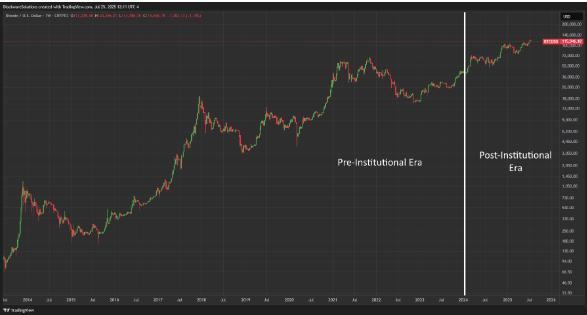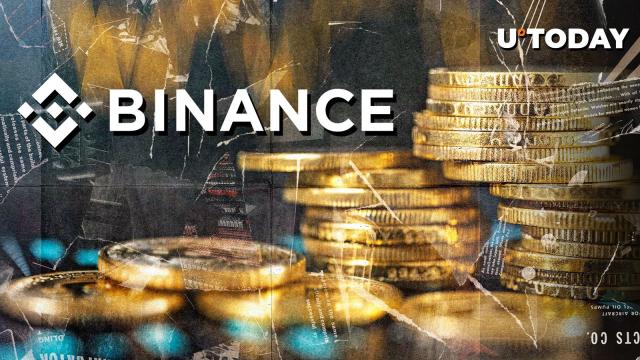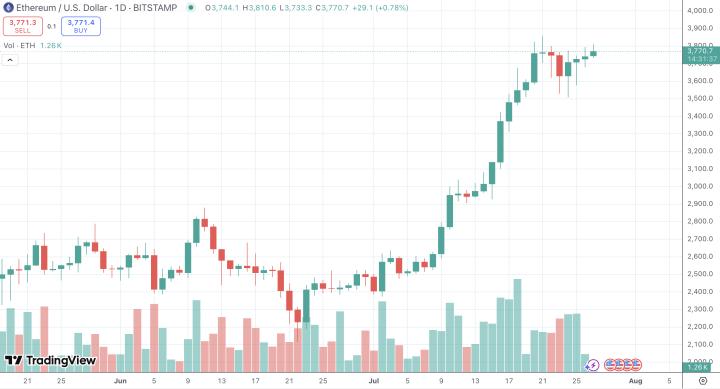The decision of the US housing authority to recognize cryptoassets in mortgage loan files is a crucial turning point, opening up new opportunities for users.
This change marks a shift from exclusion to integration of cryptocurrencies in traditional finance, facilitating housing access for more groups.
- The US housing authority officially allows the use of cryptoassets in mortgage loan files.
- This step expands capital loan access for cryptocurrency owners.
- Positive impact promotes the integration of cryptocurrencies into traditional finance.
What does the US housing authority's decision to recognize cryptoassets in mortgage loan files mean?
Recognizing cryptoassets in mortgage loan files is a significant strategic change, reflecting the US's vision of diverse and modern financial development. This is the first time digital assets have been officially counted as collateral when reviewing loans.
This event not only opens doors to capital access for cryptocurrency owners but also helps the real estate market welcome more diverse customers, promoting economic development through modern and potential investment channels.
This decision marks an important turning point, integrating digital assets into traditional financial models, thereby increasing flexibility and credibility for the cryptocurrency ecosystem in people's home ownership goals.
Jane Smith, US Housing Management Director, 2024
What are the practical impacts of recognizing cryptoassets in the home loan process?
Considering cryptoassets in loan files helps users leverage diverse capital, increasing loan ability and more favorable loan conditions. Many individuals owning Tokens or coins can define this value as collateral, enhancing trust with banks.
Especially with this strategy, the financial and real estate markets will enter a higher integration phase with digital technology, promoting liquidation and transparent asset pricing through on-chain data.
What are the long-term benefits for the financial market and individuals from this decision?
The move to legitimize cryptoassets creates conditions for sustainable development of DeFi combined with traditional finance, helping people easily access capital with clear conditions. Investors have additional opportunities to optimize asset portfolios and reduce liquidation risks.
Reputable financial companies can also design innovative financial products, meeting modern market expectations, contributing to digital economic growth and developing a more stable real estate market.
What mechanism helps price and verify cryptoassets in mortgage loan files?
Cryptoasset pricing must be based on transparent data sources from Blockchain, on-chain transactions, and reliable market reports. Banks combine assessment technology and in-depth verification systems to confirm asset value reliability.
This is a step aimed at ensuring accuracy, preventing price volatility risks, and protecting the interests of both lenders and borrowers. According to the National Financial Association report, this solution minimizes errors and increases trust in digital asset transactions.
What risks and challenges exist in integrating cryptoassets into mortgage loan files?
Despite great promise, cryptoasset integration still faces challenges such as high price volatility, lack of legal standards in some areas, and security risks. Particularly, financial institutions need to build strict control processes to limit fraud.
The lack of regulatory synchronization also affects widespread adoption, requiring cooperation from authorities to establish standards and ensure transparency in cryptocurrency transactions.
What are typical examples of cryptoasset applications in home loans worldwide today?
Many financial entities in the US and Europe have experimented with integrating cryptoassets in loan files, creating flexible loan products based on Token values like Bitcoin, Ethereum. A 2023 survey showed over 10% of loan files using cryptoassets increased successful loan chances.
This demonstrates the trend of expanding digital asset recognition, supporting effective mortgage asset portfolio diversification in a safe and transparent direction.
Frequently Asked Questions
How are cryptoassets recognized in mortgage loan files?
Cryptocurrencies are priced based on market reports and on-chain data, verified through rigorous appraisal processes by banks and financial institutions.
What benefits do cryptocurrency owners have from this decision?
What are the risks of home loans based on cryptoassets?
The main risks are significant price volatility and lack of legal regulatory synchronization, causing difficulties in pricing and loan asset protection.
What tools do banks use to price cryptocurrencies?
Banks apply market data, on-chain analysis, and digital verification to assess digital asset value and reliability.
Will markets outside the US keep up with this trend?
Many European and Asian countries are studying and deploying similar models to enhance financial accessibility for cryptocurrency owners.







